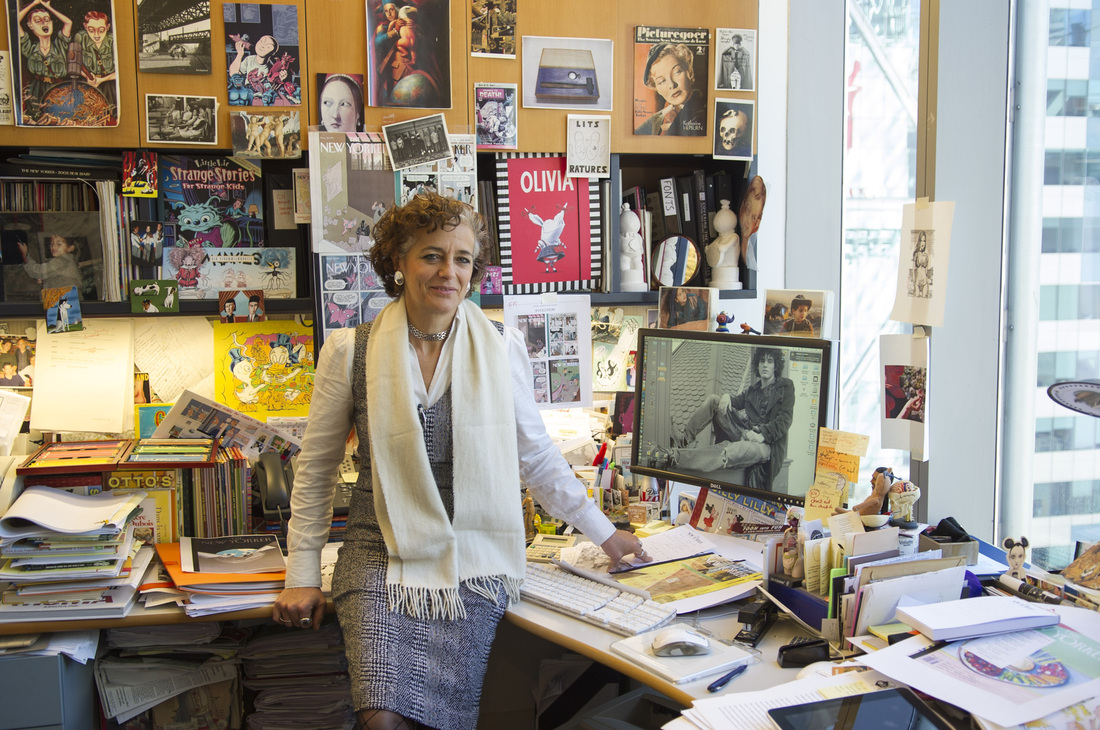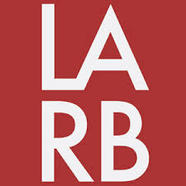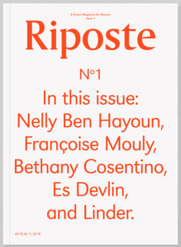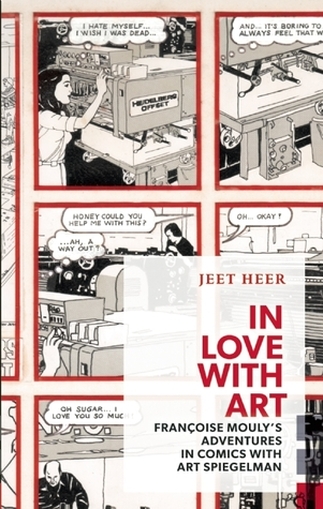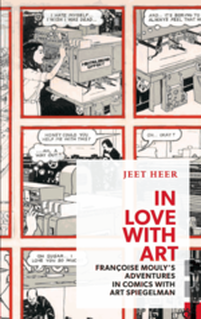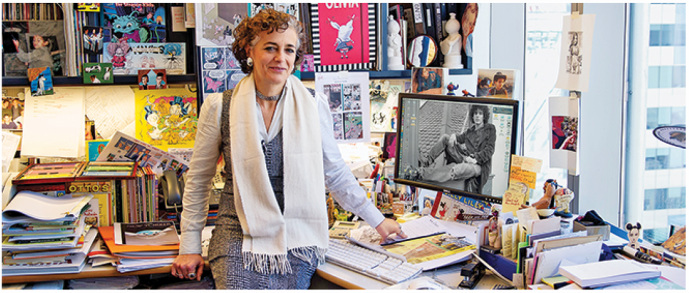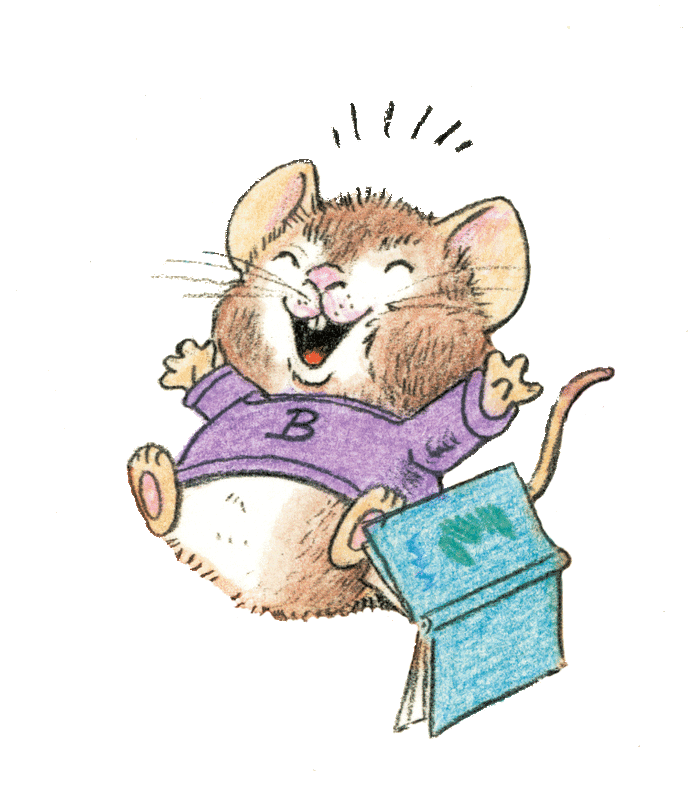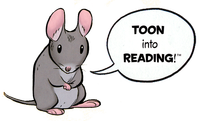“I wanted to convey how strange and otherworldly the Antarctic landscape seemed – especially under moonlight. The close encounter I had with a whale made it clear to me that they are intelligent, friendly, curious and gentle. I wanted that to come through.”

Whales, penguins, palatial ice floes and more frequent the pages of Frank Viva’s A Trip to the Bottom of the World, the story of an inquisitive little mouse on a visit to the snow-bound wonderland of Antarctica. It’s no surprise that Viva’s own trip to Antarctica helped inspire and inform his book, considering how fantastical the real-life continent appears. We caught up with Viva to discuss how he turned his trip into a book, his recent event at Little Island in Toronto, his favorite comics artists and more.
Q. How did the Little Island event go?
A. Little Island was great. The hosts were very nice and there was a good mix of kids and adults. During the reading, it was evident that one little boy – about three years old – had the book memorized. He would shout out what was about to happen in the story – it was very cute. After the reading, we had a Q&A that prompted an adult discussion about climate change and the melting polar ice caps.
Q. Let’s talk about your trip to Antarctica – at what point did you know you wanted to write A Trip to the Bottom of the World? What were the things you saw there that you most wanted to include? What do you hope kids will learn from it?
A. Françoise had the idea of basing the book on my trip to Antarctica. She said that my face lit up when I talked about it. More than any one thing, I wanted to convey how strange and otherworldly the Antarctic landscape seemed – especially under moonlight. The close encounter I had with a whale made it clear to me that they are intelligent, friendly, curious and gentle. I wanted that to come through, too.
Q. How would you describe your working process?
A. When it comes to the creative process, I finalize the manuscript before thinking about the pictures. Then I work out a rough pagination and make little folding dummies. These help me to understand the math – comics and picture books have to fit into a predetermined number of pages based on the size of the printing press. My pencil roughs on these dummies tend to be very rudimentary, but they assist me as I work through pacing issues and basic stage blocking (not the look of the final illustrations). Then I go directly to finals. Along the way, I may need to do more detailed sketches for certain images if I can’t figure things out in my head.
Q. Where do you get your ideas for new books?
A. Like A Trip to the Bottom of the World, they can come out of an actual experience. They can also come out of a collaboration with a trusted editor or – seemingly – out of the blue. At any given time, I have about ten ideas for books that I keep alive in one way or another – some for years. Most will never get made, but some might – probably in a form that I couldn’t have imagined. I recently sold a book that I began work on in early 2007. It needed to gestate for that long because I didn’t have the wherewithal to pull it off back then.
Q. What artists (of any genre) have been a great influence to you? Which contemporary artists do you admire? Are there any you’d love to work with?
A. Bill Traylor, Martín Ramírez, Alexander Calder, Alice Neel, Ben Shahn, Eva Hesse, Robert Rauschenberg, Lester Beall, E. McKnight Kauffer, James Flora, Art Spiegelman, Chris Ware, Seth and many others have influenced me over the years. Chris Ware’s latest book is spectacular. For those still with us, I wouldn’t mind working with them – or even just hanging out.
Q. Did you read a lot of comics as a kid? Any in particular?
A. Yes, I read and collected Marvel Comics, then moved to underground comics (Zap and the rest). In public school, two friends and I made comic books using a Ditto machine. We’d make enough copies (with used transfer sheets donated by our teacher Ms. Able) to give one book to every class in the school. Separately, I created a superhero called The Quill. I made about four issues with a black BIC ballpoint pen and pencil crayons – the paper was folded down to 5.5″ x 8.5″ from 11″ x 17″ sheets. Flipping through one of them recently (in my parents’ basement), I found a page where The Quill’s alter ego bursts through the door and into his home holding a bouquet flowers – and with a big smile, informs his wife that they’re going to have a baby. I guess I didn’t understand how things worked.
Q. What appeals to you about the comic form? What are the things you can do there that you can’t do elsewhere?
A. I think there are some things that pictures can do better than words and some things that words can do better than pictures. Comics, picture books, film and stage use both to tell stories. The panels and word balloons used in comics help to make the narrative engaging and easy to follow.
Q. Have you ever gotten anything interesting from a fan? What’s the compliment on your work or review or award that has meant the most to you?
A. I love it when parents tell me that their kids ask them to read one of my books over and over again – that’s the best.

